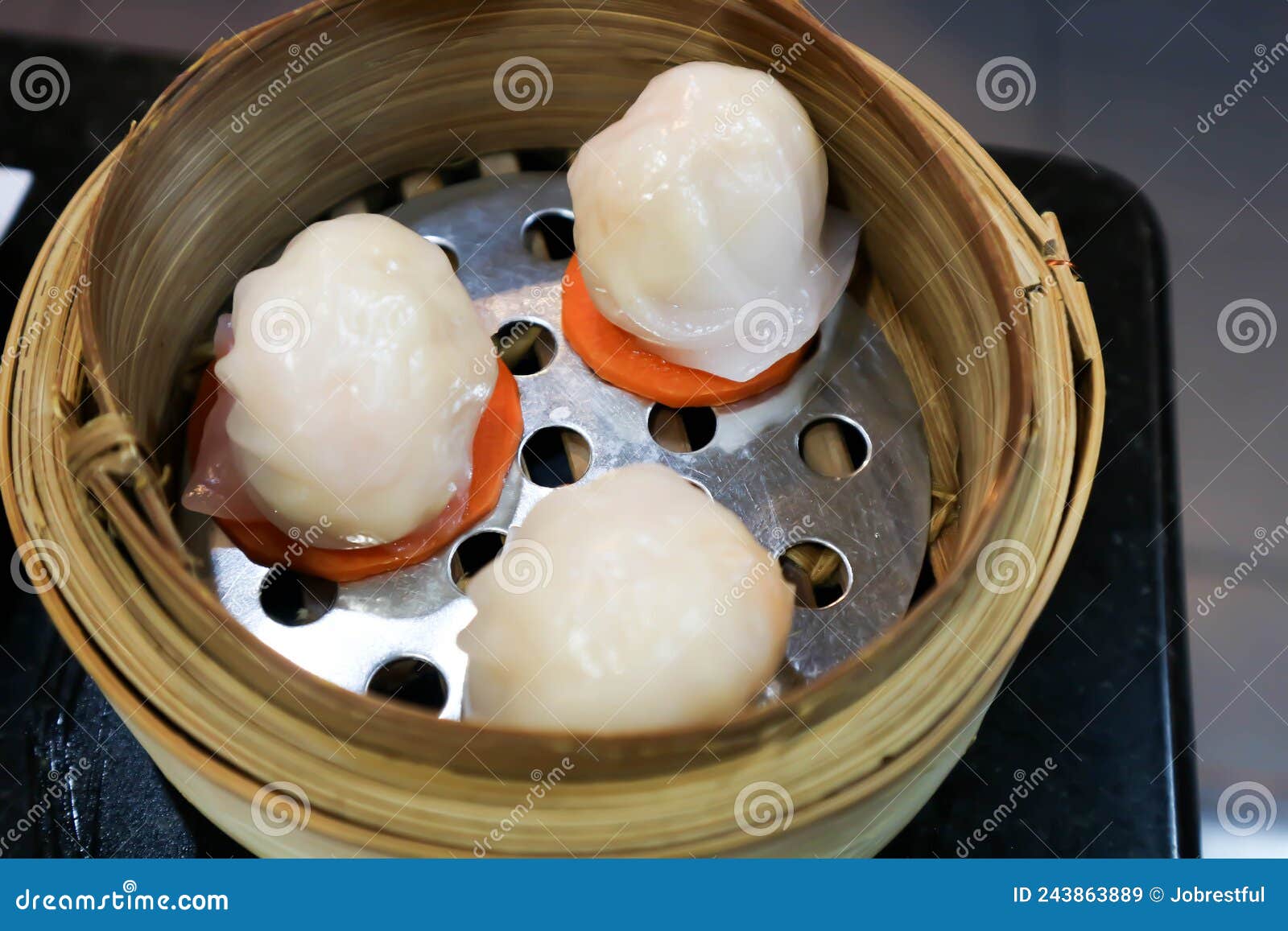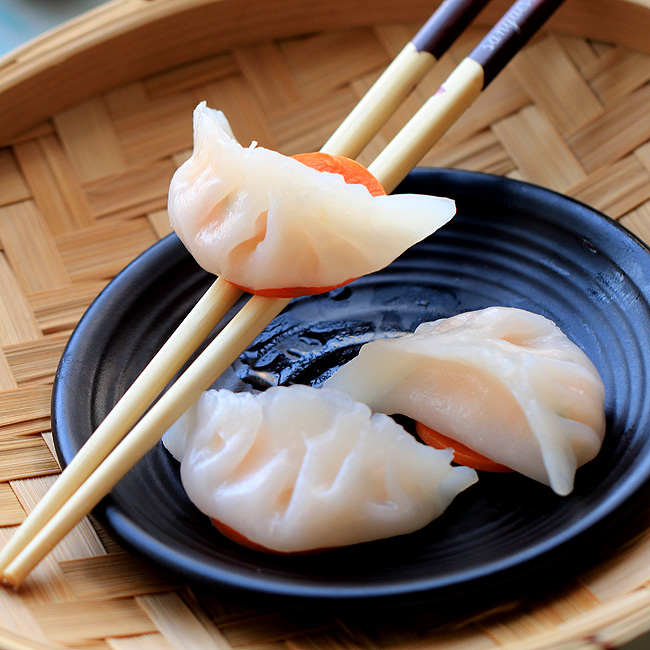

Place frozen items in a freezer bag for up to two months. If necessary, add more water if necessary after the covered cook has been completed for 8-9 minutes. Cook for 6-7 minutes, or until dumplings are cooked through after it has evaporated. When cooking from frozen, you should add a couple minutes to the recipe below.īring 1/2 cup water to a boil in a pot of boiling water, then reduce the heat to a simmer. Store them in a zipper bag labeled with the date when they’ve been frozen. When making the dumplings ahead of time, place them on a parchment-lined baking sheet and freeze in a single layer. These pork dumplings have such a wonderful flavor that you will be able to make them at home. The filling can be fried in panfryers and the vegetables can be prepared by combining them with the filling. This recipe calls for ground pork, fresh ginger, and cabbage, as well as dumplings wrapped in those familiar seasonings. These dumplings are typically served with a dipping sauce, such as soy sauce or vinegar.Īlthough homemade dumplings may appear intimidating, they are not difficult to make. The most common type of pork dumpling has a filling that is made with pork, cabbage, and scallions. They are small, bite-sized steamed buns that are filled with a pork and vegetable filling.


Read on for our 27 favorite dumpling recipes to make at home.In China, pork dumplings are a type of dim sum. Also be sure to seal them as tightly as possible to avoid air bubbles in the dumplings, which can cause them to split open in the pan. Whether you use store-bought or homemade ones, round wrappers are best for pleated potstickers since they give you more dough to work with, while square ones are ideal for wontons. (You can even cook a bit of the filling first so you can ensure it tastes good before spending time wrapping it.) Substitute chicken stock for water for both fried or steamed dumplings for a richer taste. Slightly over-salt the filling so it can hold its own against the unseasoned dumpling skins. Some cooks also use cornstarch or breadcrumbs to soak up extra water in the veggies. Then, wrap them in a towel and squeeze out the excess moisture. Just thoroughly salt the vegetables and let them sit for about half an hour.

Whether you’re using cabbage, bok choy or cucumbers, sweating any watery veggies in your dumpling recipe with salt before adding them to the filling will keep excess moisture from affecting your dumplings. Draw the moisture out of your veggies.Let them cook undisturbed over medium to medium-high heat for a few minutes so the bottoms brown evenly. Fry the dumplings in a nonstick skillet that has enough room for them to cook without touching or overlapping. You should also never cover the skillet they’re in, since steam will turn them soggy. Leave the crispy sides up in the pan and serve them that way, too. If you’re frying the dumplings, keep them as crispy as possible.(Your filling should also be sturdy and bound together so it doesn’t fall apart in the wrapper-you should be able to squeeze a little mound of it together in your hand without it breaking, like a meatball.) The fat won’t render as quickly if it’s cold when it hits the pan, meaning your wrappers will be less likely to tear or turn soggy, and the juices will stay inside the dough instead of seeping out. If you’re working with meat, chilling it first will ensure a juicier final product.
#Chinese dim sum dumplings stuffed with pork codycross skin
Only fill each skin about two-thirds of the way, so the dumplings stay intact-and so you have plenty of dough for creating Insta-worthy pleats. Even if you get the dough to seal, an overstuffed dumpling will likely split open once it’s in the pan. Help them stay pliable and prevent tears by keeping a damp towel over the dough or wrappers as you work. The drier the dumpling skins get, the tougher they'll be to manipulate. Assembling potstickers may feel intimidating at first, but these tips will make the experience easier (and more successful).


 0 kommentar(er)
0 kommentar(er)
